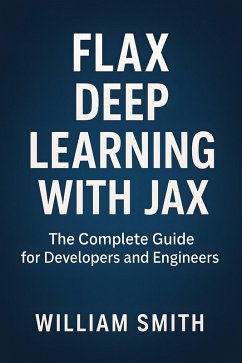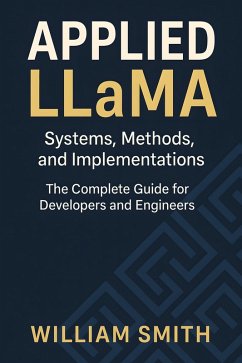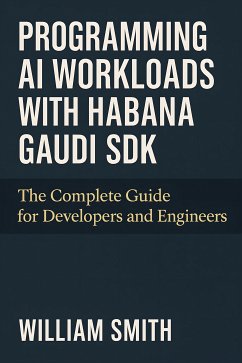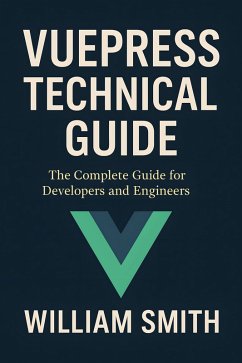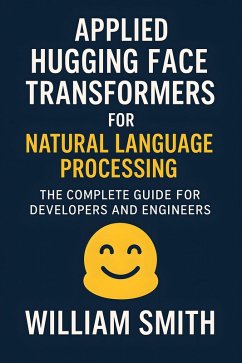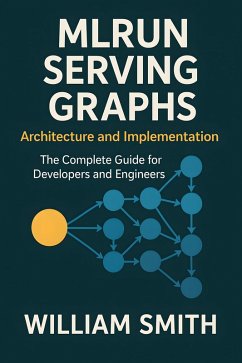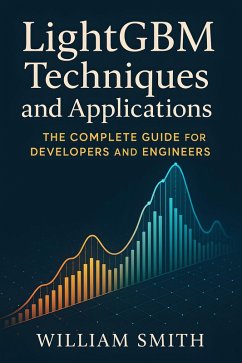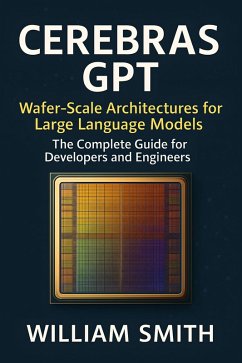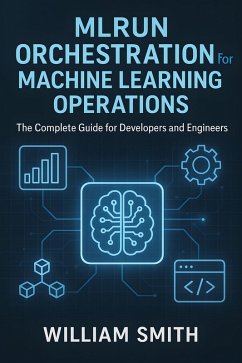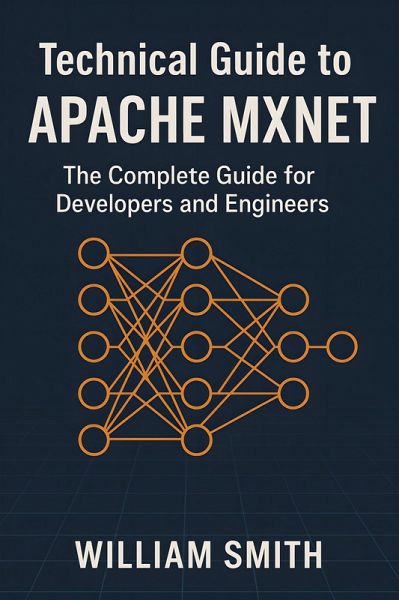
Technical Guide to Apache MXNet (eBook, ePUB)
The Complete Guide for Developers and Engineers

PAYBACK Punkte
0 °P sammeln!
"Technical Guide to Apache MXNet" The "Technical Guide to Apache MXNet" is an authoritative and comprehensive resource for engineers and researchers seeking deep technical mastery of the Apache MXNet deep learning framework. This guide meticulously dissects MXNet's architecture, covering its modular design, core abstractions, and innovative hybrid programming model that bridges symbolic and imperative paradigms for both flexibility and performance. Early chapters equip readers with expert knowledge of the platform's underlying computation engines, extensibility, and support for a wide spectrum...
"Technical Guide to Apache MXNet" The "Technical Guide to Apache MXNet" is an authoritative and comprehensive resource for engineers and researchers seeking deep technical mastery of the Apache MXNet deep learning framework. This guide meticulously dissects MXNet's architecture, covering its modular design, core abstractions, and innovative hybrid programming model that bridges symbolic and imperative paradigms for both flexibility and performance. Early chapters equip readers with expert knowledge of the platform's underlying computation engines, extensibility, and support for a wide spectrum of hardware environments including CPUs, GPUs, and emerging accelerators. Bringing the best practices of modern machine learning engineering to the forefront, the book delves into the entire model lifecycle. Readers gain practical insight into setting up reproducible, scalable environments through containerization, orchestration, and cloud integration, along with detailed guides for profiling, CI/CD automation, and monitoring. Model development is addressed from both the high-level Gluon API and the advanced symbolic interface, emphasizing imperative programming, hybridization for deployment-ready models, and strategies for customization, debugging, and visualization. Data pipeline engineering, performance optimization, and scalable distributed training are covered in depth, equipping practitioners to handle everything from synthetic data generation to memory-efficient optimization and robust checkpointing. For those deploying models in production, the guide offers a definitive reference on serving architectures, low-latency inference at scale, edge deployment, and secure, multi-tenant environments. Readers are also introduced to the extensibility of MXNet through customization of operators and backends, interoperability across frameworks such as ONNX, and best practices for contributing to open source. The final chapters explore critical topics in security, compliance, auditability, and the emerging trends shaping the future of machine learning infrastructure. Whether building research prototypes or operating large-scale AI systems, this guide is an essential companion for leveraging the full power and versatility of Apache MXNet.
Dieser Download kann aus rechtlichen Gründen nur mit Rechnungsadresse in A, B, BG, CY, CZ, D, DK, EW, E, FIN, F, GR, H, IRL, I, LT, L, LR, M, NL, PL, P, R, S, SLO, SK ausgeliefert werden.





